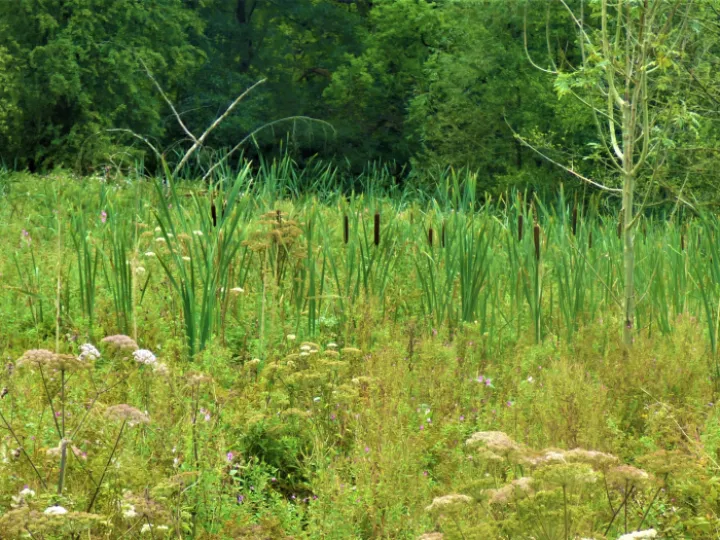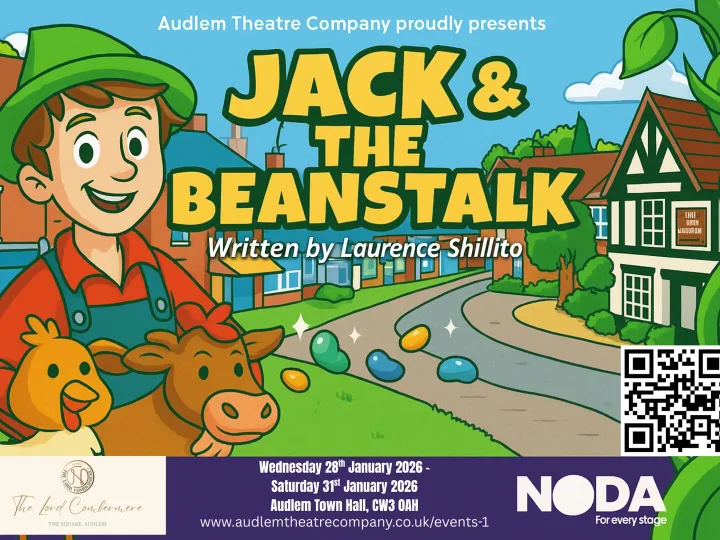
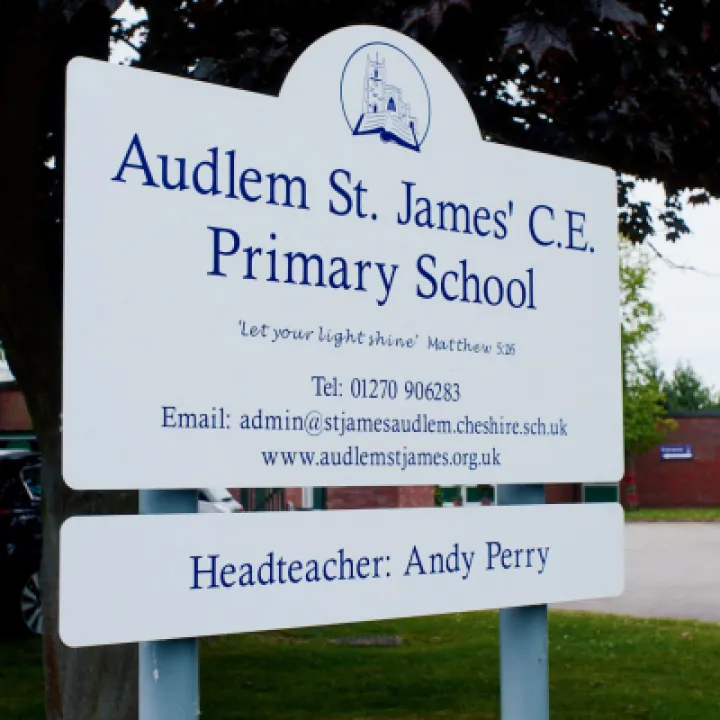

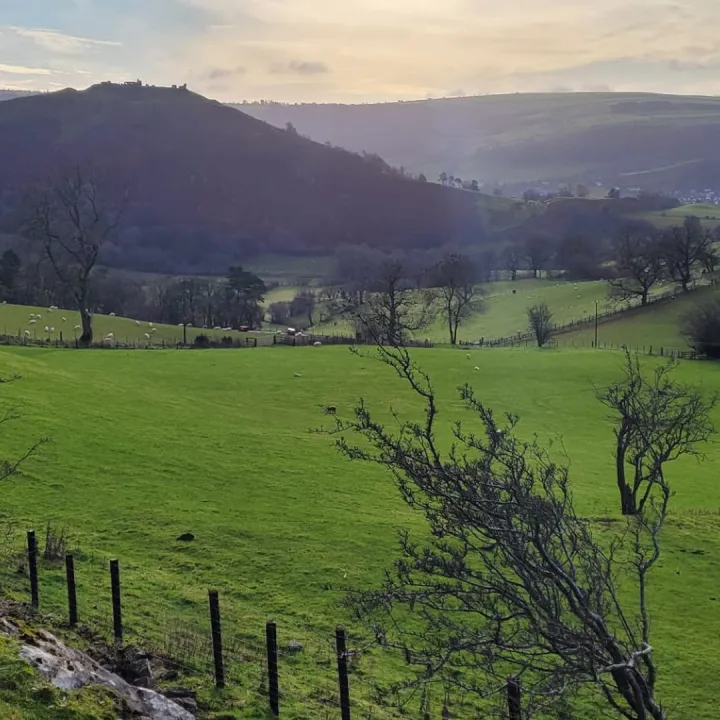
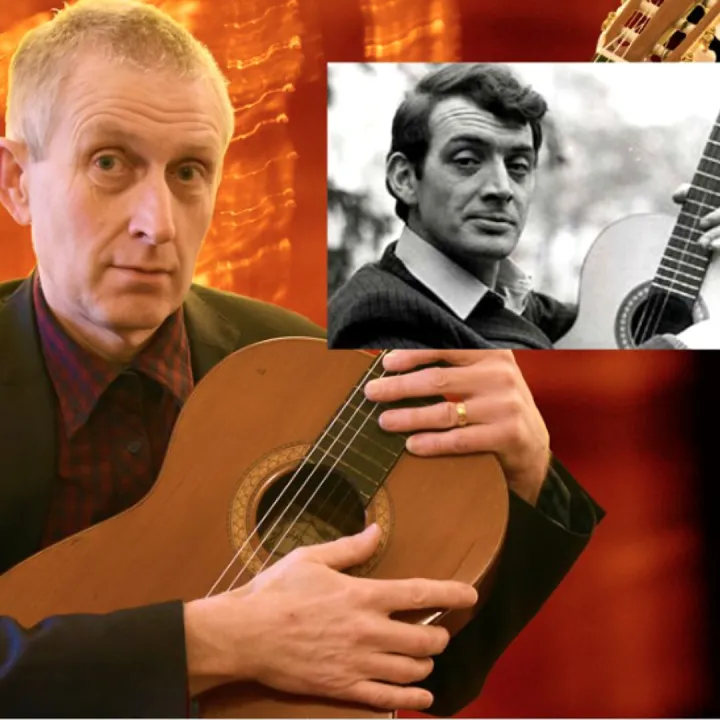



I blinked and that was summer gone!
And a sure sign that we are moving to less balmy times has been the re-emergence of the muddy path at the lower end of the bottom Turnpike Field. Those who regularly walk their dog in that direction will be only to well aware of it. The wetness is a concern that has already been raised before with discussion about what can be done about it. The problem is that the path is an official right of way and therefore controlled by the local authority. Since becoming a public amenity area the construction of a board-walk has been suggested to the local authority but so far this has been rejected.
Floating Bog
Annoying as it can be, the truth is that the path crosses a relatively rare area of natural environment called a FLOATING BOG. It's origin may well go back in the days when Glaciers roamed the land at the end of the last ice age. It is a rather special natural feature. How one came to be established in Turnpike Fields is a mystery but the presence of the two brooks is probably indication that a valley was carved out. Cheshire has a number of these special habitat sites, the most famous of which, and nationally renowned, is Wybunbury Moss. They also go by the deliciously sounding name of "Schwingmoor".
So what is a Floating Bog? We may have walked through squishy fields on rambles and I'm sure it's something that ARS members have come across. A Floating Bog however has a distinct make-up. It has four layers:
- 1. The top layer is made up of vegetation including Sphagnum moss as a base with progressive sedges and reeds and other wet loving plants, including the Marsh Marigolds and Meadowsweet mentioned in previous articles. Over time the layer builds up and include shrubs and even trees like Alder. Some also contain a shrub plant called Chamaedaphne. These all float on...
- 2. Clear Water. This is slow moving water which flows through the bog and only in extremely prolonged hot weather will dry out. Beneath this is ...
- 3. a layer of fine deposit from layer 1 decayed vegetation. Finally...
- 4. is the natural ground level or bedrock. This unique combination means that the build up of minerals is limited by the sphagnum and the natural food of the deposit layer is suppressed unlike say a pond. It also means that very few creatures live in the bog.
Probably the whole of the lower end of the field towards the bridge by Green Lane would have been like this at one time. Hence it is not unnatural that the Bog still wants to occupy the space occupied by the path.
Because of the nature of the bog it can be quite tricky to identify all the species of plant that the bog is supporting. A recent expedition to cull the Himalayan Balsam around the bog showed how tricky this can be. In some parts of the world where floating bog has formed near lakes, people have been known to drown beneath the layer of vegetation the water is so deep, but I am sure that would not be the case on our Floating Bog although you could get quite wet!
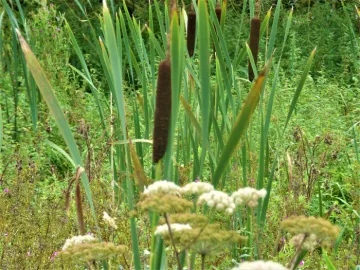
If all this sounds a bit tame compared to other more flamboyant parts of the Fields, wait and see. So far we have only touched the margins of the bog and I am sure that there are still so many more wonders we have to learn about this area of the Fields which hopeful we will be able to share with you in the future. Already we have enjoyed a wonderful display of Marsh Marigolds, Marsh Thistles, Yellow Flags and Meadow Sweet and now majestic Bull Rushes in their full glory.
So in the meantime enjoy the wonderful array of rushes and sedges which are now on view in the area.
Get In Touch
AudlemOnline is powered by our active community.
Please send us your news and views using the button below:
Email: editor@audlem.org

